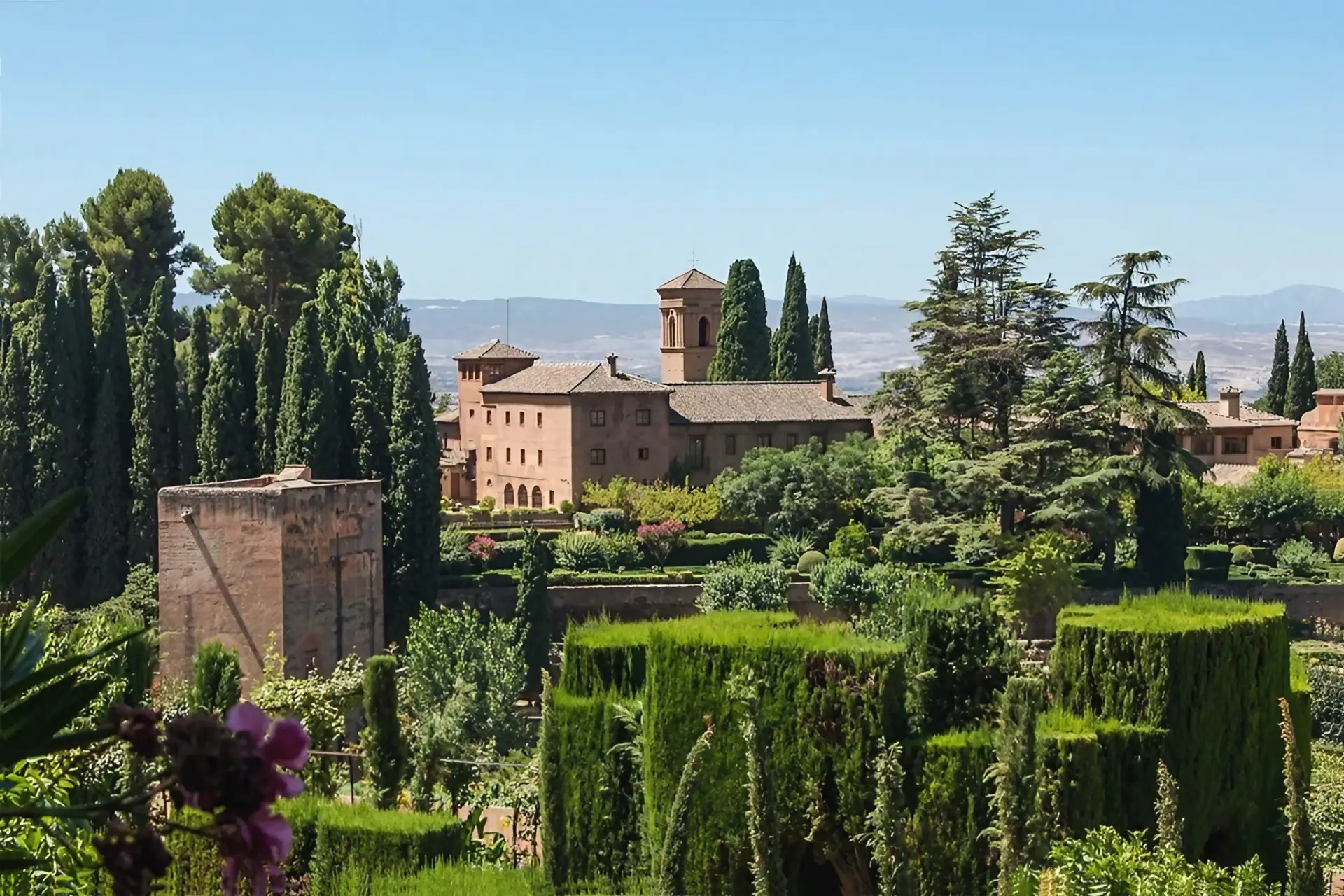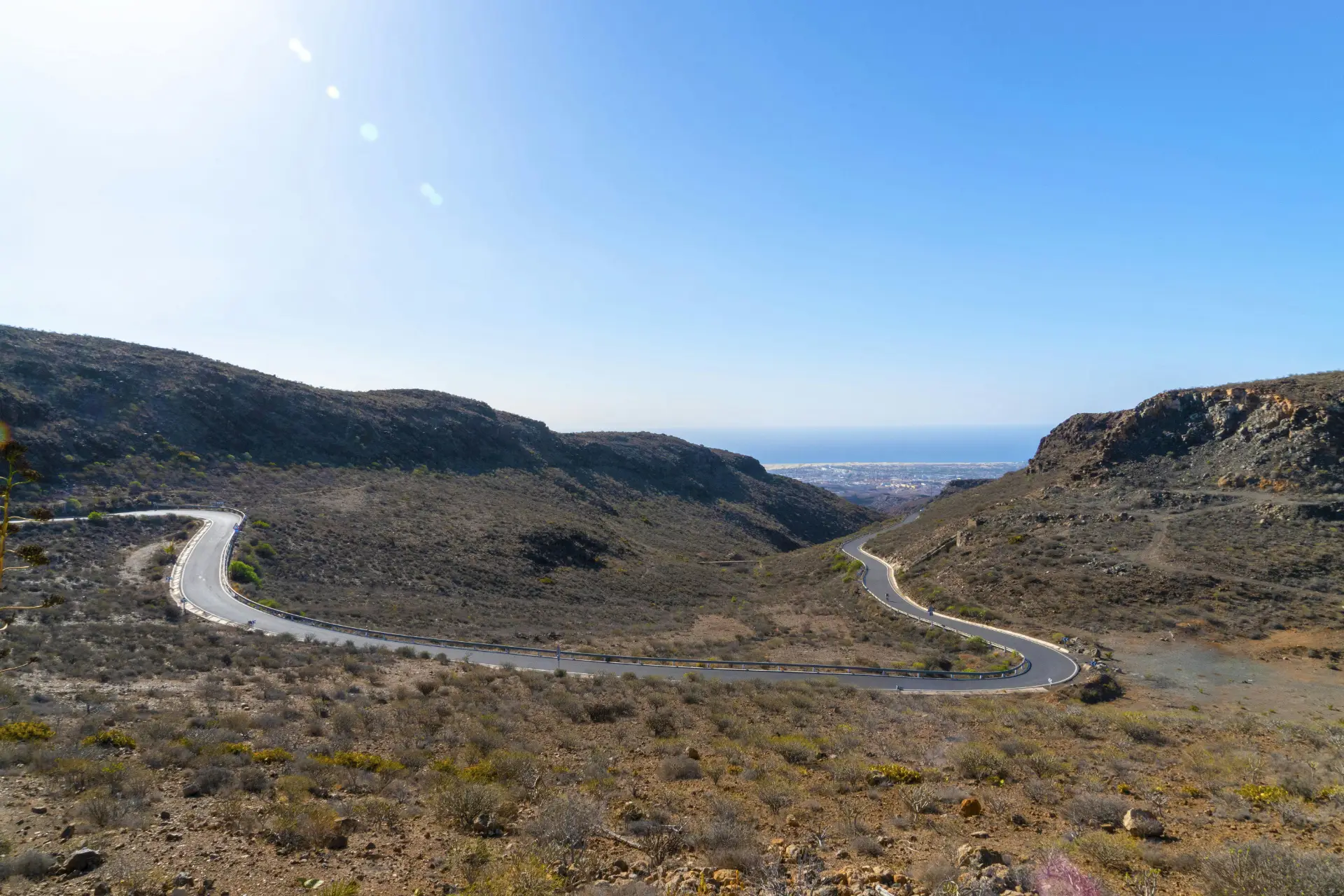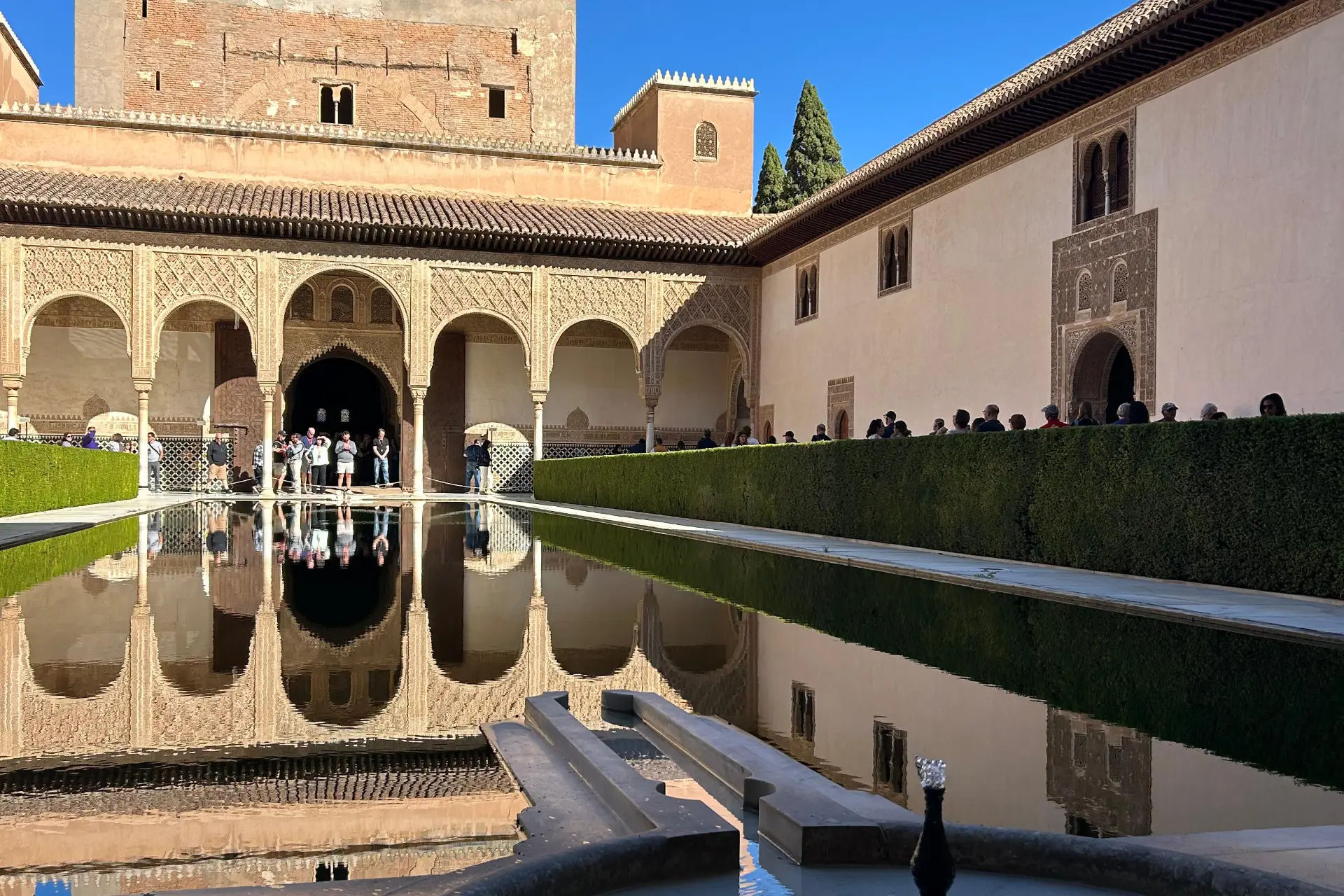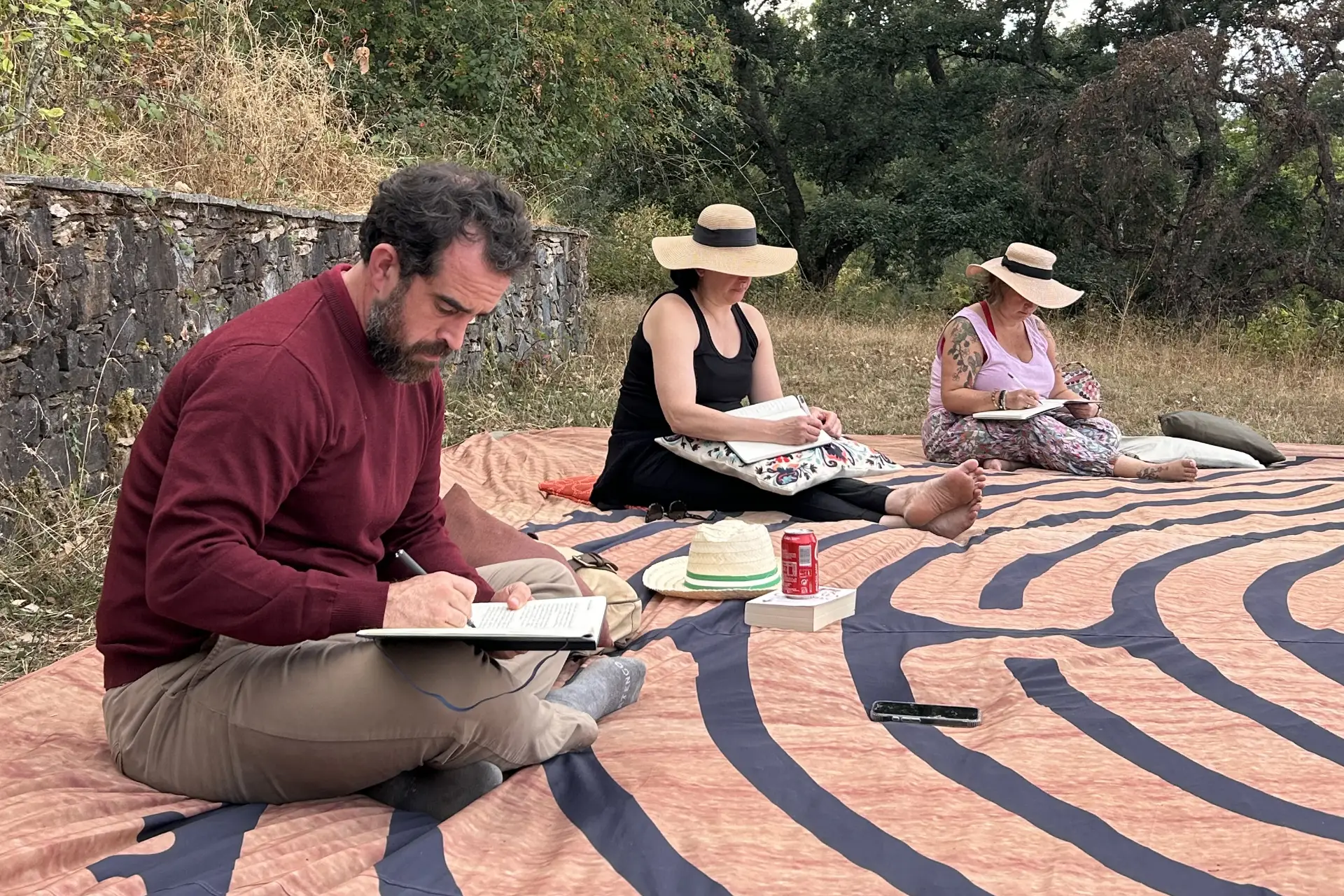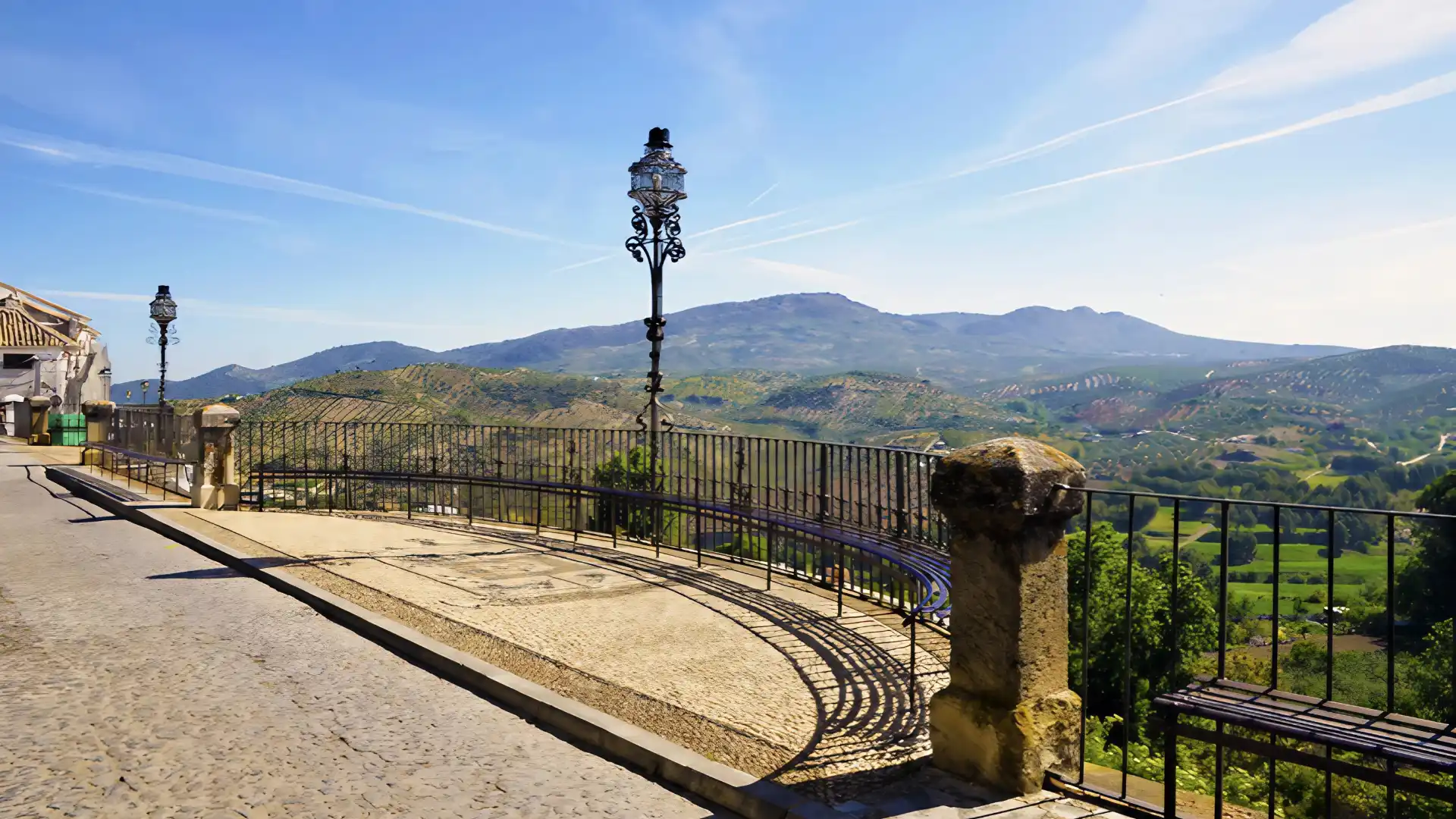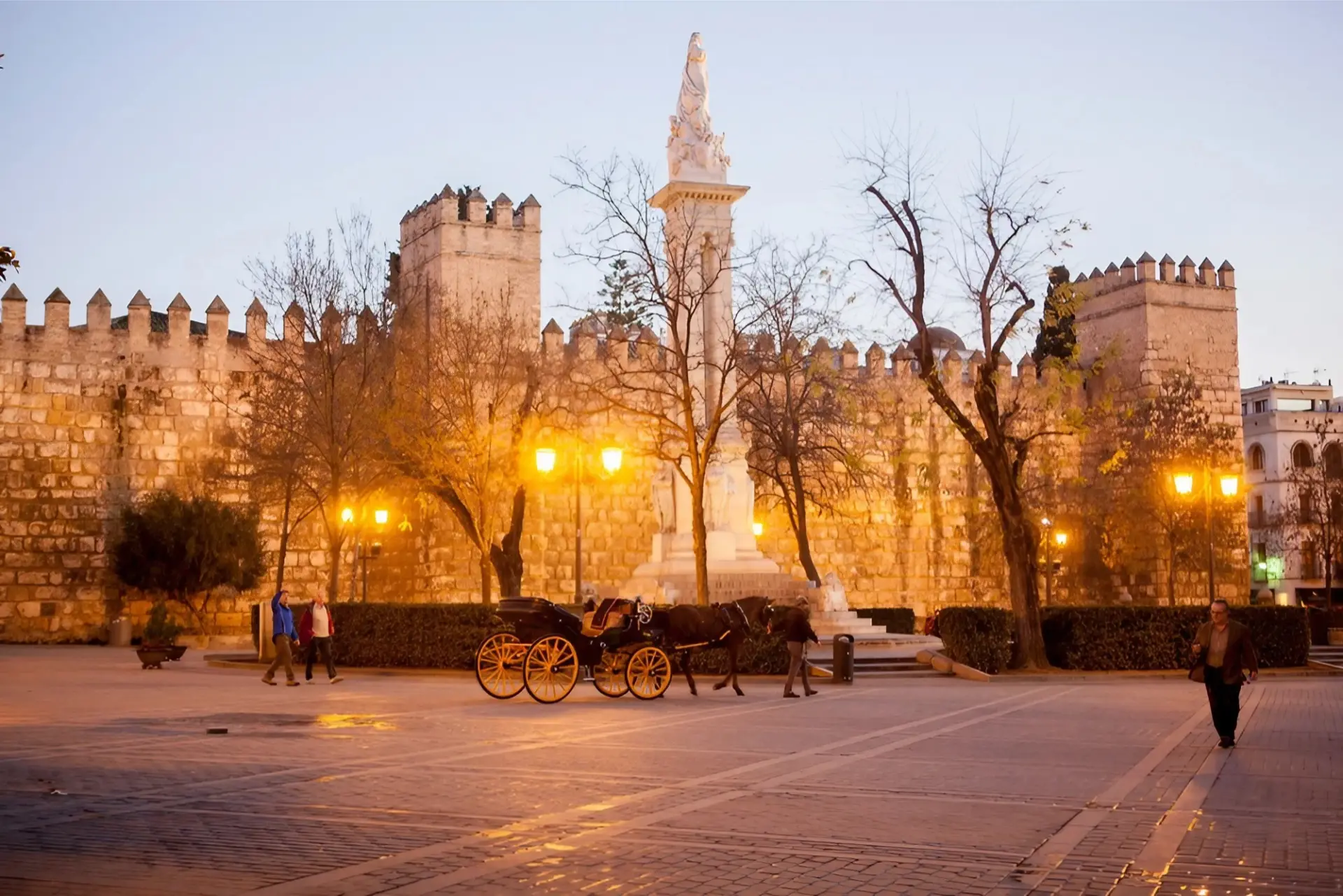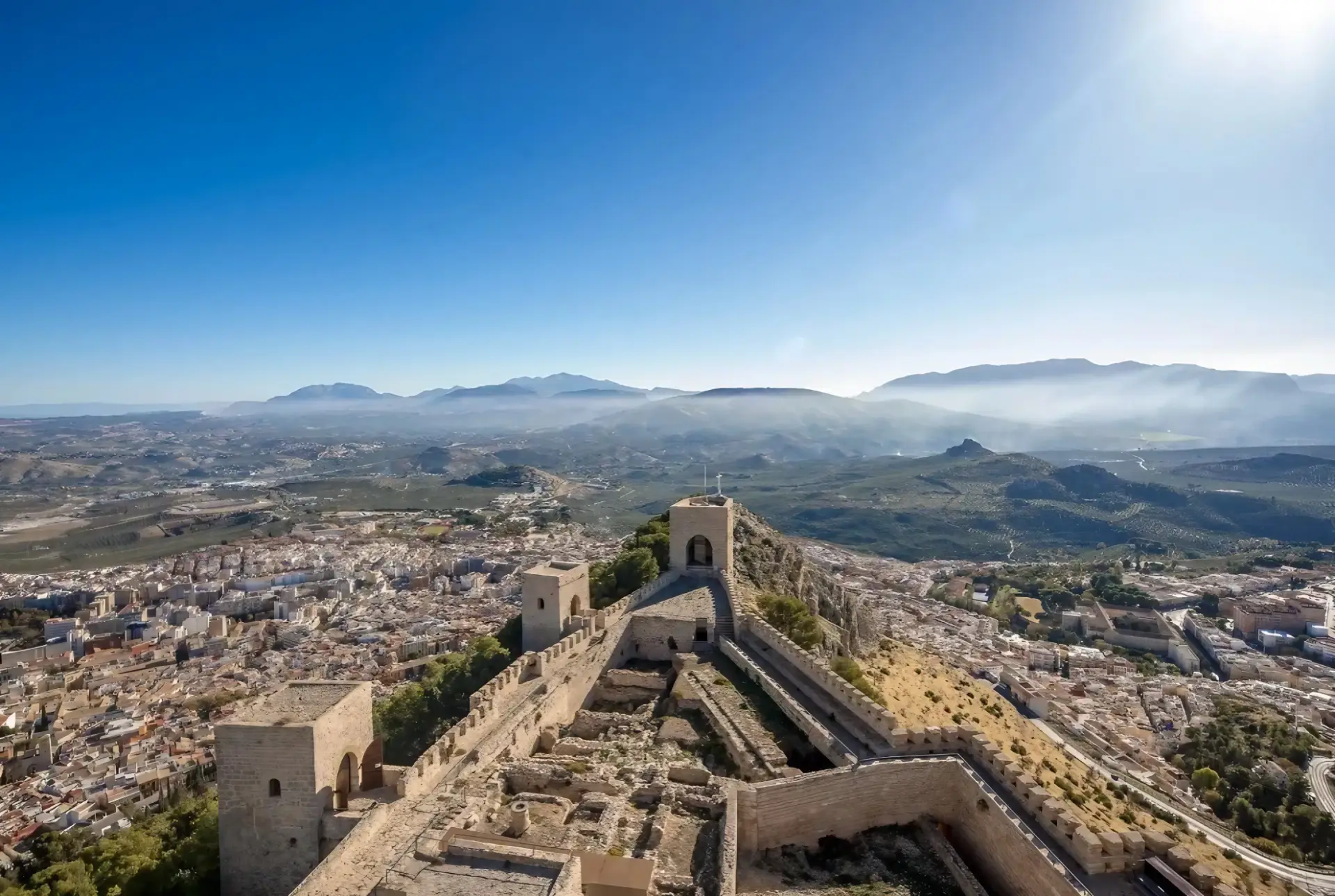One of the abiding symbols of Málaga is the ‘cenachero’, the statue of which stands in Plaza Marina in the city. But just who was el cenachero and what did he do?
The bronze sculpture created by Málaga artist Jaime Fernández Pimentel in 1964 represents a typical and traditional figure of Málaga, the “Cenachero” or fish seller.
El Cenachero walked the streets of Málaga selling his wares. Hanging from each arm were “cenachos” or baskets, which held the fish, and from which his name derives. The cenachos were made by hand of esparto, a coarse grass with tough narrow leaves. Esparto is also used to make ropes, wickerwork, and good-quality paper.
Generally, cenacheros sold anchovies, but also traded in mackerel, sardines or whitebait. As with many such traditions, the cenachero is no longer plying his trade. However, the memory of these fish sellers is kept alive with the statue.
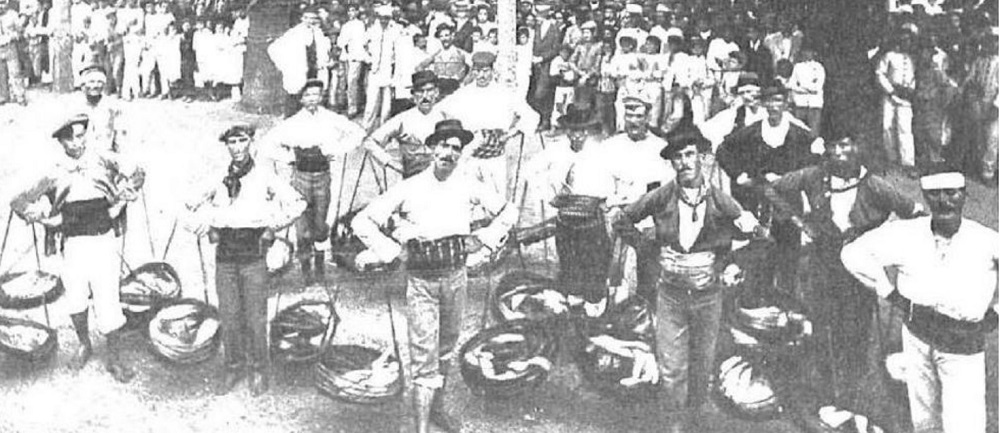
El Cenachero statue
The sculpture shows how a traditional cenachero dressed; with a sash, the cenachos and a hat to protect him from the sun.
The Malaga artist Jaime Fernández Pimentel was inspired by the imagination of his adolescence. He recalled “Diego” the cenachero who sold fish on Carretería street. From the fisherman from Almayate, Manolo “El Petaca”, he captured the effects of the clothing.
The sculpture is in Plaza Marina. Under the figure is a commemorative plaque with verses dedicated to the cenachero by Málaga poet Salvador Rueda.
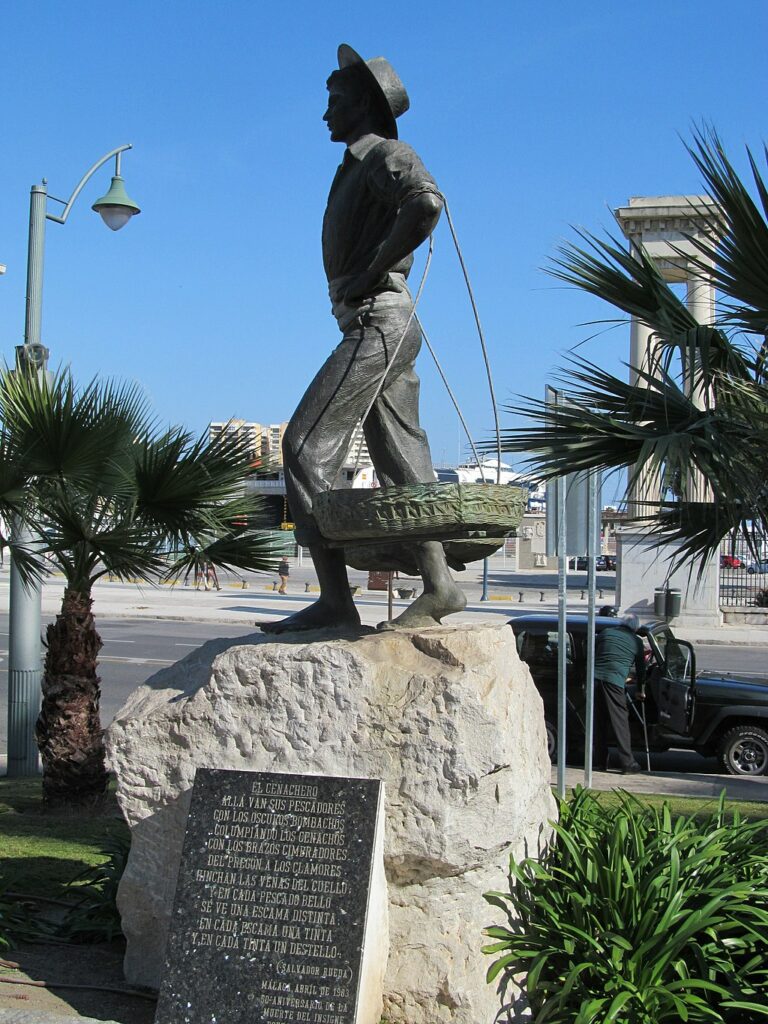
Poem “El Cenachero”
Allá van sus pescadores
con los oscuros bombachos
Columpiando los cenachos
con los brazos cimbradores.
Del pregón a los clamores
hinchan las venas del cuello:
Y en cada pescado bello
se ve una escama distinta,
en cada escama una tinta
y en cada tinta un destello.
(Salvador Rueda)
Which translates as:
There go your fishermen
with the dark bloomers
Swinging the cenaches
with bending arms.
From the proclamation to the cries
neck veins swell:
And in every beautiful fish
a different scale is seen,
in each scale an ink
and in each ink a flash.
(Salvador Rueda)

